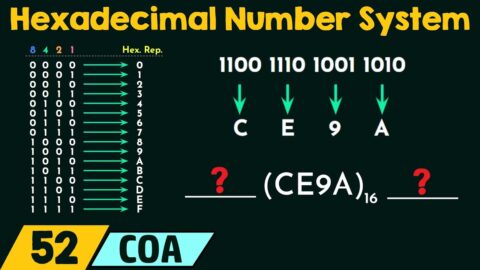Contents
In the lucrative world of registering and parking domains, thousands – if not millions – of domains are registered each year. These domains are rarely registered to actually be put in use, but rather to be held as intellectual properties for resale at a profit. In some cases, this business practice can lead to immense gains and profits for the person or entity registering the domain. In other cases, registered domains remain parked for years and sometimes are not renewed, left to be absorbed back into the domain name marketplace. In these cases, domains are effectively left to be re-registered by someone else, but how does this process work? What protocols are in place to govern domains that are not renewed by their owners? According to websitebuilderau.com, the following is the lifecycle of a domain.
The Lifecycle of an Internet Domain!
Step 1 – Registration
Domains can be registered through over 2000 registrars. These registrars allow for a person or entity to register a domain for 1 to 10 years. Additionally, most services that allow for domain registration will also protect the identity of the owner and will act as a middleman if that specific domain is sought after by a third party. The most popular domain registration service is godaddy.com, who registered over 54 million unique domains in 2017, so far.
Step 2 – Renewal
After the initial registration term has expired, the owner must renew the domain name with the initial registrar or transfer the domain and register it with another registrar. Usually, the registrar will send the owner of the domain a reminder notice, along with an invoice, 30 days prior to the domain’s expiry.
Step 3 – Renewal Grace Period
After the domain has expired, the domain will enter the renewal grace period, usually 45 days. During this time, the owner of the domain can still renew his or her expired domain without any penalty, and at the normal renewal price.
Step 4 – Redemption Period
After the renewal grace period has ended and the owner still has not renewed the domain, the domain enters what is called the “redemption period.” This period in a domain’s lifecycle last about 30 days, and during this time, the owner can purchase back the rights to an expired domain for a premium. Usually, the registrar will charge about 100 US dollars to renew a domain during this period, plus the original renewal fees.
Step 5 – Pending Delete
This is the final step, prior to the domain no longer being registered. During this period, the owner can no longer renew the domain. The domain is in limbo, awaiting deletion from the registrar’s database.
Step 6 – Recycle
After the domain has been deleted from the database of the registrar, it is recycled and becomes available to be registered again by a new person or entity. The original owner has given up all rights to the name, and the registrar is no longer responsible for the registration of the domain. The domain is re-absorbed into the pool of available domains.
The domain is an important intellectual property, and has, in some cases, huge value. The renewal of a domain protects the owner and maintains their ownership rights. In the event of a domain not being renewed, these are the protocols followed, as a domain is recycled and returned to the pool of domains available.



